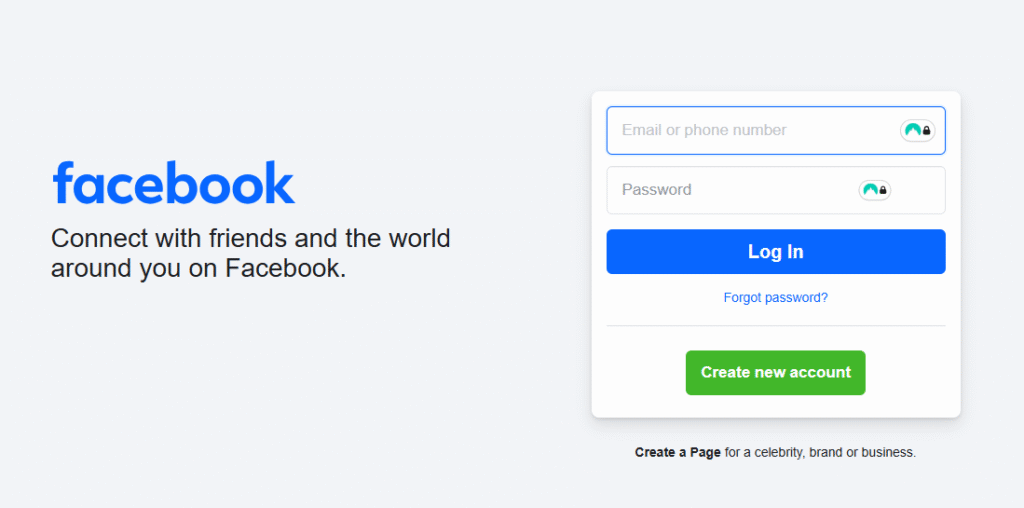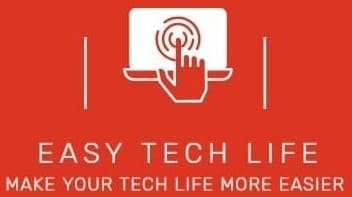
Facebook is a global social networking website that was launched in February 2004 by Mark Zuckerberg and his Massachusetts Institute of Technology (MIT) roommates, Eduardo Saverin, Andrew McCollum, Dustin Moskovitz, and Chris Hughes. Users can post updates, share photos and videos, join groups, stream live videos, and follow pages of friends, family members or companies.
By the half of 2025, Facebook has over 3 billion worldwide monthly active users and one of the most powerful social media platforms. It provides users with entertainment, community, and marketing opportunities while empowering them to manage their online impersonations through privacy settings.
Today, social media is the heart of how we connect with people, share experiences and tell our stories. And at the center of that change is Facebook, the largest social networking platform in human history. From this humble Harvard campus project to empire dictating new rules in communication and marketing, online communities have changed the way.
This article will explain what Facebook is and how it began, why people sign up for the site, and all its different features that make two billion users stick to it.
What Is Facebook?

An introduction to Facebook: what it is, how you can connect with people, how to make and manage your account. Facebook is a social media site where users join communities based on common interests.
So what do you need?
- A person who knows the basic use of computer and internet (and isn’t that everyone of us?).
- Time.
How-tick: In this age everyone focused to make their life as easy as possible.
Things You Can Do on Facebook:

- Post comments, photos, and videos.
- Post news links and content.
- Chat within Messenger (a standalone app since 2014).
- Stream content with Facebook Live.
- Sign up for groups, communities, and fan pages.
Users can share content publicly, with friends or with private groups. Customizable privacy settings means that users have a lot of control over who sees their content.
The Origins of Facebook

- 2004 – Introduced as “TheFacebook” for Harvard students.
- 2005 – Rebranded to Facebook.com after dropping “The.”
- 2006 – Opened to anyone 13 years old or older with an email address.
- 2008 – 2009 – Surpassed MySpace to become the biggest worldwide social networking site.
Key Reasons for Early Success:
- Clean, user-friendly design compared to competitors.
- Viral spread: from universities to the world.
- Targeted advertising and business pages.
- Facebook Connect (2008), now known as Facebook Login, unified accounts online.
Why People Like Facebook

Accessibility for All
Users of all ages sign up easily and the interface is everyday friendly.
Personal Connections

Originally created to reconnect with friends, it has also become something of the family, class, or work reunion.
Entertainment & Sharing
Users share updates, photos, videos, and reactions — offering a daily stop that many make.
Business & Marketing Power

Businesses advertise to targeted demographics via Meta Ad Manager, and Facebook takes the lead in the digital marketing landscape.
Community Building

People use Groups, Pages, and Events to meet others who share hobbies, interests, professional networks, or local communities.
Key Features of Facebook

- Friends List & Privacy Settings – Choose who can see your posts.
- Photo & Video Sharing – Share albums, tag friends, and save memories.
- Messenger – Messages and video calls (separate app since 2014).
- Groups & Pages – Create or follow communities and brands.
- Facebook Live – Broadcast live videos.
- Marketplace (2016) – Local buying and selling.
- Meta Business Tools – Ads, Shops, and creator monetization.
- Meta Devices – Facebook Portal (2018–2023), once a smart video calling platform.

Getting Started With Facebook

- Go to facebook.com and create a free account.
- Post a profile and cover photo.
- Add friends by searching or importing contacts.
- Explore Groups, Pages, and Marketplace.
- Adjust privacy and security settings (e.g., two-factor authentication).
With billions of people worldwide, Facebook is one of the most inclusive digital communities.
Conclusion

From being founded at Harvard to becoming part of Meta’s ecosystem (with Instagram, WhatsApp, and Threads), Facebook remains one of the foundations of digital communication.
Once a basic networking site, it’s now a hub for personal connections, entertainment, commerce, and marketing. Whether you join to reconnect with family, grow a business, or participate in communities, Facebook continues its mission of bringing the world closer together.
FAQs About Facebook
Q1. What is Facebook Jail?
“Facebook Jail” refers to temporary restrictions Meta imposes on users who violate Community Standards. It could restrict posting, commenting, or liking. Repeat offenses may lead to a permanent ban.
Q2. What is Facebook Lite?
Facebook Lite is an official Facebook client that lets you use the social network through a much lighter app. It uses less storage, battery, and data, making it suitable for older phones or slower internet connections.
Q3. What does Restricted Friend on Facebook mean?
Restricted friends only see posts you tag them in or that you mark as Public. This helps maintain privacy while staying connected.
Q4. Is Facebook Safe to Use?
Facebook offers privacy controls, two-factor authentication, and reporting mechanisms. However, users should remain cautious of scams, misinformation, and oversharing.
Q5. Can Businesses Benefit from Facebook?
Yes. Businesses can reach customers, build brand awareness, and generate sales using Pages, Ads, Marketplace, and Shops.



